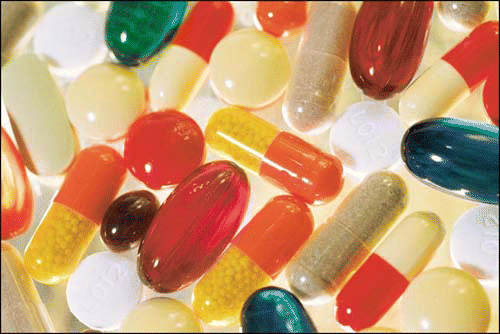Two studies look at trends in the cost and length of time spent developing new pharmaceuticals
Explore This Issue
July 2006Since 1994, US spending on prescription drugs grew three times faster than healthcare spending as a whole. That affects payers, plans, patients, and physicians. Pharmaceutical companies claim that the cost of developing a new molecular entity (NME), often exceeding $1 billion, justifies high prescription drug prices. Two recent articles scrutinize that claim, examining the true costs of pharmaceutical innovation.
Development Costs: Is There One Answer?
Quantifying the cost of developing a new drug is a crucial question in the drug development debate. A recent analysis by Christopher P. Adams and Van V. Brantner entitled “Estimating the Cost of New Drug Development: Is It Really $802 Million?” notes that there is great variation in actual development costs for new drugs (Health Affairs 2006; 25 (2):429–436).
According to the authors, drug development costs averaged $868 million per NME, with a range of $500 million to over $2 billion (in year 2000 dollars), depending on therapeutic classes and the developing company. The authors compared their results with an earlier study by Joseph A. DiMasi and colleagues (Jrnl of Health Economics 2003: 151–185) that put the average drug development cost at $802 million, attributing the discrepancy of their findings to different data sets. They also noted that clinical costs of research and development (R&D) were fairly consistent with DiMasi’s data; $487 million for the new study versus $467 million for DiMasi.
When looking at the largest US pharmaceutical firms, Adams and Brantner found that firms developing the most new drugs outspent smaller rivals by $124 million for an NME. There were also significant differences in drug R&D by firm. One company developed 92 drugs at an average cost of $2.1 billion, as opposed to 34 drugs at an average cost of $521 million at a similar size firm.
Drugs with annual projected sales of $1 billion or more took one year less to develop than drugs with lower profit potential.

Physician’s Perspective
Michael Goldrich, MD, of University Otolaryngology Associates in New Brunswick, NJ, who is a general pediatric and adult otolaryngologist with a subspecialty in laryngology, said he doesn’t object to pharmaceutical companies’ R&D spending because companies are investing in the future of clinical care.
Leave a Reply